Research findings say that in the world today, there are more displaced persons than any other point in history. This displacement has been brought about by various reasons such as civil and political strife, persecutions either religious or political, environmental disasters, conflict and economic strain as you will note from the below Africa’s biggest refugee camps.
Refugee camps are often defined as unplanned settlements which are put up to accommodate persons fleeing their countries or usual habitats in search of a place to seek refuge. They provide the refugees with food, shelter, education and health care.
Africa’s biggest refugee camps have become home to thousands of displaced persons who have turned to them to seek solace, shelter and some semblance of comfort after having been forced to flee their homes due to political strife, conflict, persecutions, economic strain as well as natural disasters.
Africa’s Biggest Refugee Camps
Name Country and Population
- Dadaab, Kenya (250,000)
- Kakuma, Kenya (184,550)
- Hagadera, Kenya (105,998)
- Dagahaley, Kenya (87,223)
- Ifo, Kenya (84,089)
- Yida, South Sudan (70,331)
- Katumba, Tanzania (66,416)
- Mishamo, Tanzania (62,000)
- Pugnido, Ethiopia (62,000)
updated
10. Nyarugusu refugee camp Kigoma, in Tanzania (150,000)
The article below seeks to enlighten us about the biggest refugee camps in Africa, the number of refugees resident in each of them and when and why they were established.
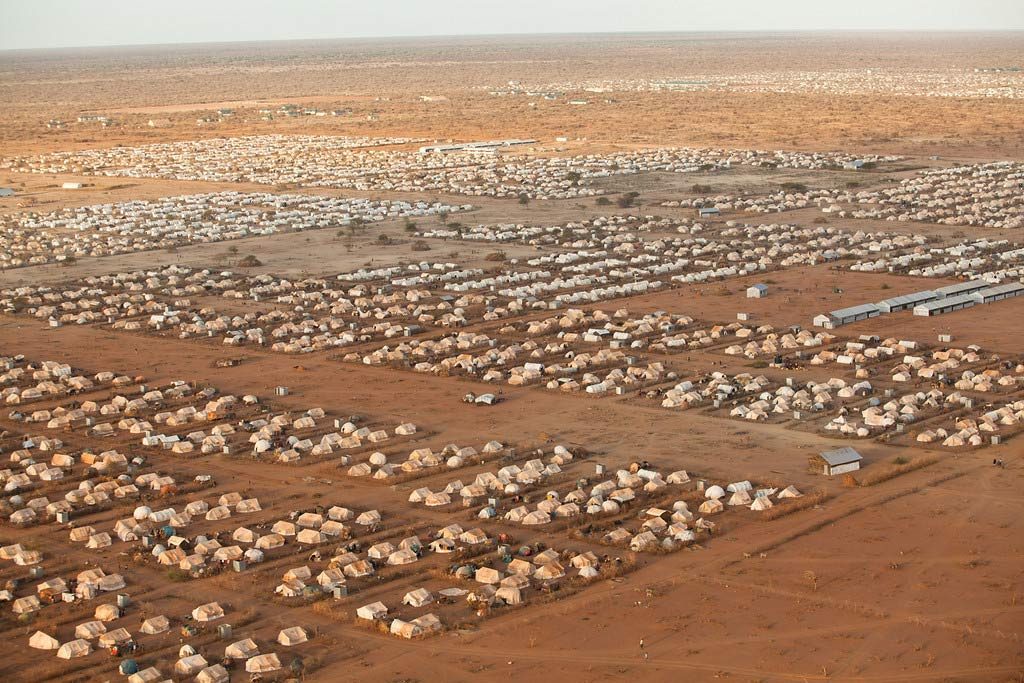
Dadaab Refugee Camp, Kenya
Africa’s biggest refugee camp it is. Dadaab is the most populous of all refugee camps in Africa and the largest in the world. It is home to over 250,000 refugees who have fled their countries due to various reasons such as civil and political strife, religious or political persecutions, economic hardships as well as extreme environmental conditions such as famine.
The camp is so large that it contains several other refugee camps within itself. Refugees here are provided with basic amenities such as food, shelter, and clothing. They are also provided with education, health facilities, and communication devices to enable them to communicate with their families and familiarize themselves with technology.
However, late last year the Kenyan government had proposed to close the refugee camp citing security issues such as terrorism. This would have left scores of refugees displaced. As a result of this, the United Nations came to their aid and requested the closure be postponed for a while. This resulted in the Kenya high court making the closing order void until further notice.

Kakuma Refugee Camp, Kenya
Kakuma is situated in the Northwestern part of Kenya. It is home to over 184,500 refugees. It was established in the year 1992. Majority of the refugees in this camp are of Sudanese, Ethiopian and Somali descent. However, it is reported that refugees from twenty other nations are resident here making it one of the most popular refugee camps in Africa. Most of them have fled their countries of origin due to civil strife.
Kakuma is co-managed by the United Nations Human Rights Commission and Kenya’s Department of Refugee Affairs. It has however been reported that the situation at Kakuma refugee camp is wanting as it is quite congested. This is because the little infrastructure available has been overstretched by the large masses of people living there and those who still continue to trickle in every day.
Severe cases of disease outbreaks and malnutrition affecting the inhabitants of this camp have been reported. The United Nations has tried to deal with the current congestion problem at Kakuma by setting up another extension to the camp called Kalobeyi settlement. It is already home to 6,000 refugees and the maximum capacity of refugees it can hold stretches to 60,000.
more interesting facts about Kenya
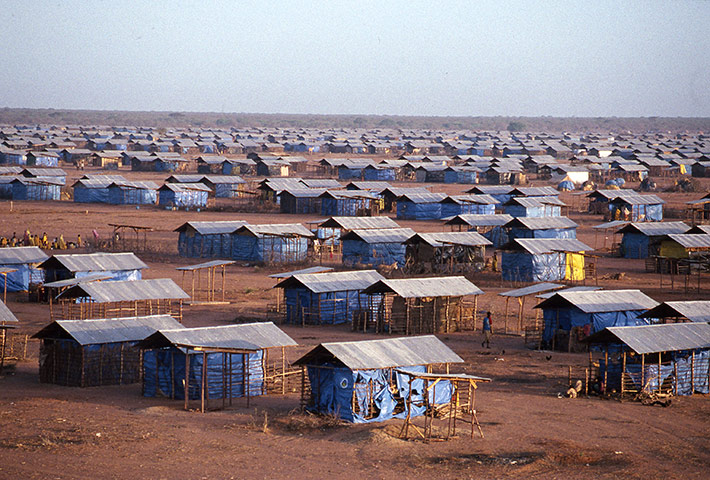
Hagadera Refugee Camp, Kenya
Hagadera was established in 1992. It’s part of Dadaab complex of refugee camps and the largest of them all. It is home to over 100, 000 refugees, most of the being of Somali descent, making it one of the biggest refugee camps in Africa. The camp is however faced with serious congestion issues and as a result, the inhabitants have been faced with severe malnutrition due to the inadequate food supply.
More so, the camp is situated in a harsh climatic area, characterized by little rainfall, extreme heat, and strong winds. This has over time seen its population decline drastically, with thousands of refugees moving to other informal settlements on its outskirts in a bid to decongest it.

Dagahaley Refugee Camp, Kenya
Just like its predecessor, Dagahaley refugee camp is also part of the Dadaab complex. It has a steadily growing population that is almost hitting the 90,000 mark. Established in the 1990s, its main purpose then, was to house refugees fleeing the Somali Civil War.
Dagahaley has over time attracted a large number of refugees resulting to overcrowding thus, resulting in malnutrition and disease outbreaks due to poor sanitation. It also provides educational services which include primary, secondary, adult schools and vocational training.
Shelter and infrastructure remain to be the biggest challenge in this refugee camp, resulting in space boundary conflicts among the refugees sometimes.
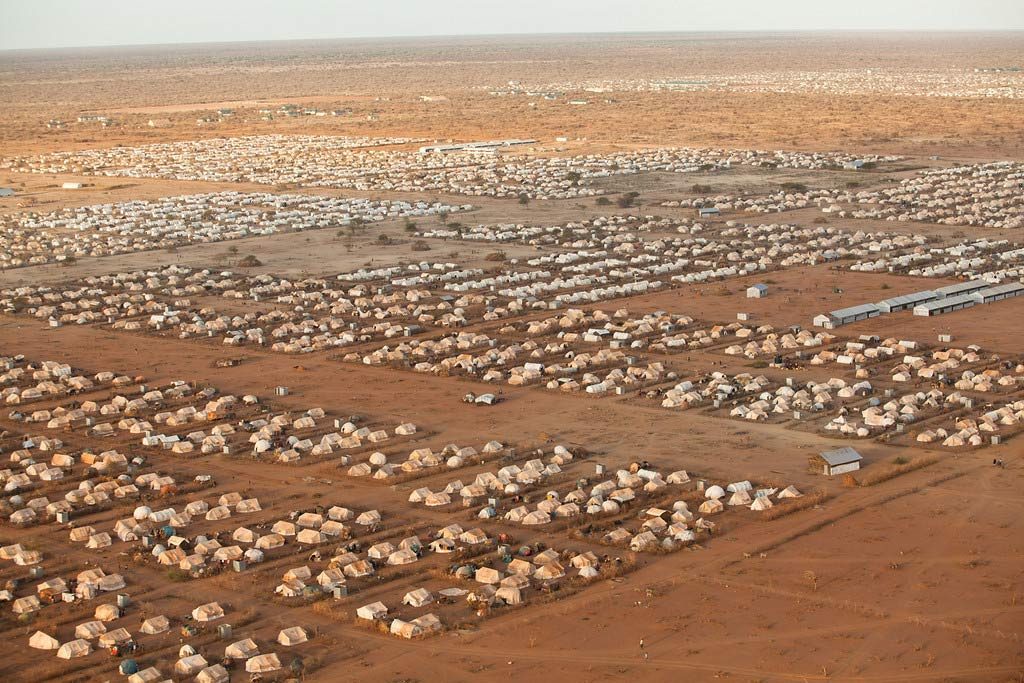
IFO Refugee Camp, Kenya
IFO refugee camp is also part of Dadaab’s complex and the oldest of them all as a matter of fact. It is home to over 62,000 refugees most of them being of Somali descent and the rest of its inhabitants being from ten other different countries.
2011 saw it open another second camp called Ifo 2 to ease congestion due to the large influx of refugees from Somali. Popular refugee camps in Africa such as this one provides a safe haven for children and adults who have fled their countries due to various crises.
One thing that stands out about this camp is its fostering program for displaced children, which helps them find safer homes with other refugee families. It is also one of the leading camps in the health sector, having a level-four hospital which provides surgical services as well as antenatal and prenatal care for pregnant women. However, congestion is still one of the problems facing IFO as well as its location in a flood prone area.
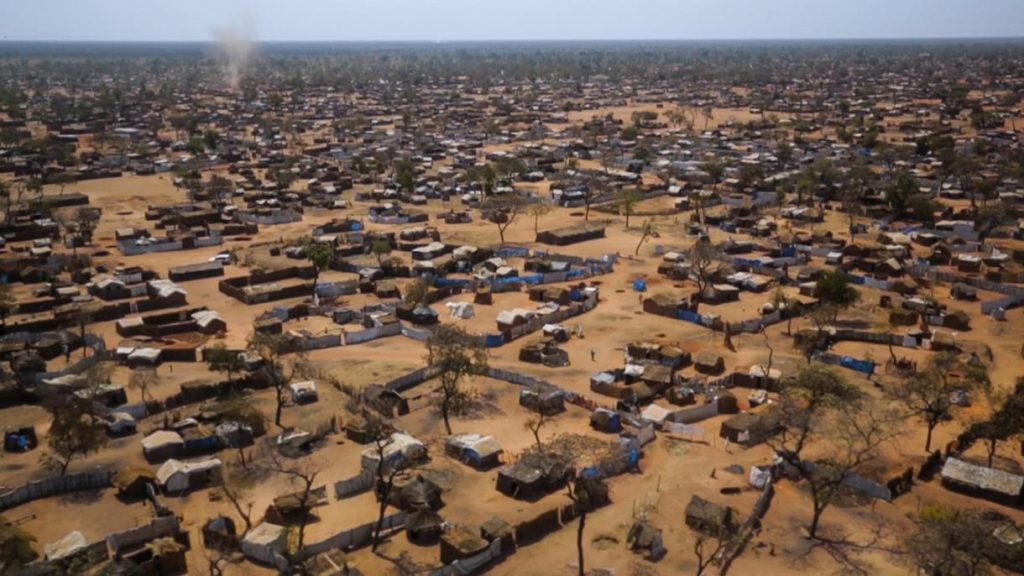
Yida Refugee Camp, South Sudan
Having earned independence from Sudan in 2011, after two decades of civil strife, both nations have continued to be at logger’s heads with each other and this has seen large numbers of the Sudanese population seek refuge across its border in Yida which was established in 2012.
Yida is quite an informal settlement, with shanties and makeshift houses sprouting in a haphazard manner.

Katumba Refugee Camp, Tanzania
Despite it being the oldest refugee camp in the world, dating back to 1972, Katumba just like Yida is an unplanned settlement scheme. It was established to accommodate Burundian citizens who were fleeing from mass exterminations that were being carried out by the Burundi government on its Hutu citizens. It is one of Africa’s biggest refugee camps housing a population of over 66,400 refugees.
Majority of refugees residing in Katumba have since been offered citizenship by the Tanzanian government.
more interesting facts about Tanzania

Mishamo Refugee Camp, Tanzania
Another of the biggest refugee camps in Africa resides in Tanzania. It was established in the 1970s as a makeshift refugee camp. But over time, it has since been formally established.
It is home to over 62,000 refugees who hail mostly from Burundi. Mishamo has excelled as a refugee camp compared to those others because of the fact that its inhabitants grow their own food. As a result, malnutrition is unheard of in this refugee camp.
Many of its inhabitants have also received official Tanzanian citizenship over the past few years.
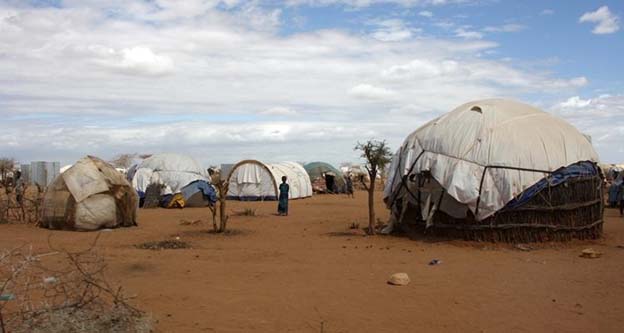
Pugnido Refugee Camp, Ethiopia
Established in 1993, Pugnido is situated in Western Ethiopia and it is home to over 62,000 refugees, many of them hailing from Sudan. The camp has a foster care system which serves to place refugee children under the care of other refugee families living in the camp.
The camp also boasts of several preschools, primary, secondary schools as well as several vocational schools boosting the education sector in the country. The camp is, however, facing a serious strain on its resources due to the influx of Sudanese refugees fleeing the civil war in their country.
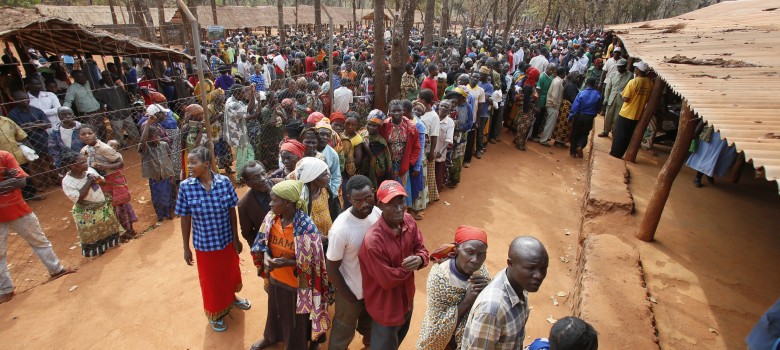
Nyarugusu Refugee Camp, Tanzania
Nyarugusu refugee camp is, with around 150,000 refugees, one of the largest and also one of the best-known refugee camps of the 21st century. It is located in the western province of Kigoma, in Tanzania, and lies about 150 km from Lake Tanganyika.
It was created by the UNHCR and the Tanzanian government in 1996/1997 after an estimated 150,000 Congolese refugees from the eastern Sud-Kivu region of the DRC crossed the border, by crossing Lake Tanganyika, into the western region of Tanzania, escaping civil war. Until the riots and civil war like situation in Burundi began the population of the camp was actually reducing. But since over 110,000 Burundians arrived in Tanzania and were split between Nyarugusu (65,000) and two other camps: Nduta (55,000) and Mtendeli (19,000). More refugees are arriving in their hundreds every day.[citation needed]
Conclusion
Africa is home to over 25% of refugees in the world. This percentage, however, keeps rising as days go by due to increased civil wars among and in nations. Africa’s biggest refugee camps have been established therefore in a bid to bring solace to those fleeing their countries by providing them with basic amenities such as food, shelter, and clothing, as well as education and health care.








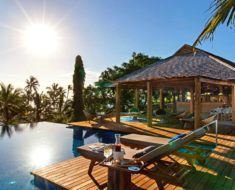
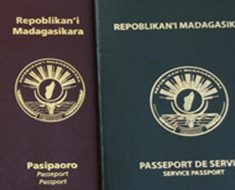



Nyarugusu Camp in Tanzania???? I think you are missing a camp of over 130k+ residents on your list. You may want to update this.
thank you Brent, we have updated our article and included the Nyarugusu Camp
What about Bidi Bidi refugee settlement in Uganda,The world second largest refugee camp!
I was growth up in Pugnido Refugee camp and the live was very worth during the time we started it and we were settled on 1st August in 1993